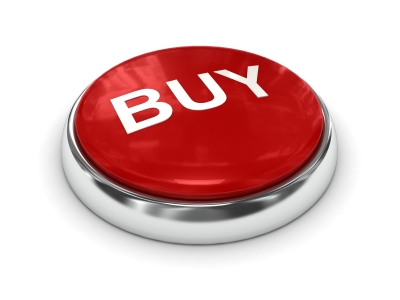Okay, your prospects have moved through the video-to-lead funnel. Having first been engaged through informative Web videos and then converted after watching video overviews, demonstrations, and testimonials, they’re now ready to move into the final phase, the nurture phase.
When leads enter the nurture phase of the video-to-lead funnel, you’ve earned the opportunity to make a connection, send follow-ups, and show your solutions. At this point, you have positioned yourself as a knowledgeable expert that understands your leads’ problems.
Web videos in the nurture phase take many forms. For example, you can use Web video to introduce yourself to a lead and invite the lead to meet with you in person. A short video message emailed to a lead is a non-threatening way to introduce yourself and quickly reinforce the benefits of your offer. Your lead can quickly get a taste of your offer’s benefits without meeting with a salesperson just yet. This technique can also overcome a lead’s resistance to talking with a salesperson. After seeing you on video and understanding that you’re a real and caring person, objections to speaking with you on the phone or meeting in person may be eased. Web videos designed to make a connection are an excellent choice when you have accounts that have been previously impossible to penetrate.
Video demonstrations at this phase can be even more detailed than those presented during the convert phase. For example, video demos are effective at converting prospects during the convert phase while in-depth video tutorials further demonstrate the benefits of your product or service.
Following up with leads is crucial. Regular exposure to your message continues building trust, reinforcing benefits, and positioning your product or service as the solution. While there are many ways to follow up, consider using Web video. For example, you could send a video link in an email message when a lead requests information; you could send a video link in a thank you email after a lead has contacted you or ordered a sample; and you could use “special video reports” to encourage leads to sign up for a newsletter and then send regular newsletters (incorporating video links, of course) at specific intervals.
The nurture phase of the video-to-lead funnel provides you with the strongest opportunity yet to close the deal. After all, your prospects have been engaged and converted into qualified leads with a genuine interest in your offerings.
How have you used Web video in the nurture phase? What’s worked for you? What hasn’t worked? Share your thoughts below.















 In order to be effective, calls to action must be simple, beneficial, and positive. This is true regardless of where you ultimately place the call to action.
In order to be effective, calls to action must be simple, beneficial, and positive. This is true regardless of where you ultimately place the call to action.